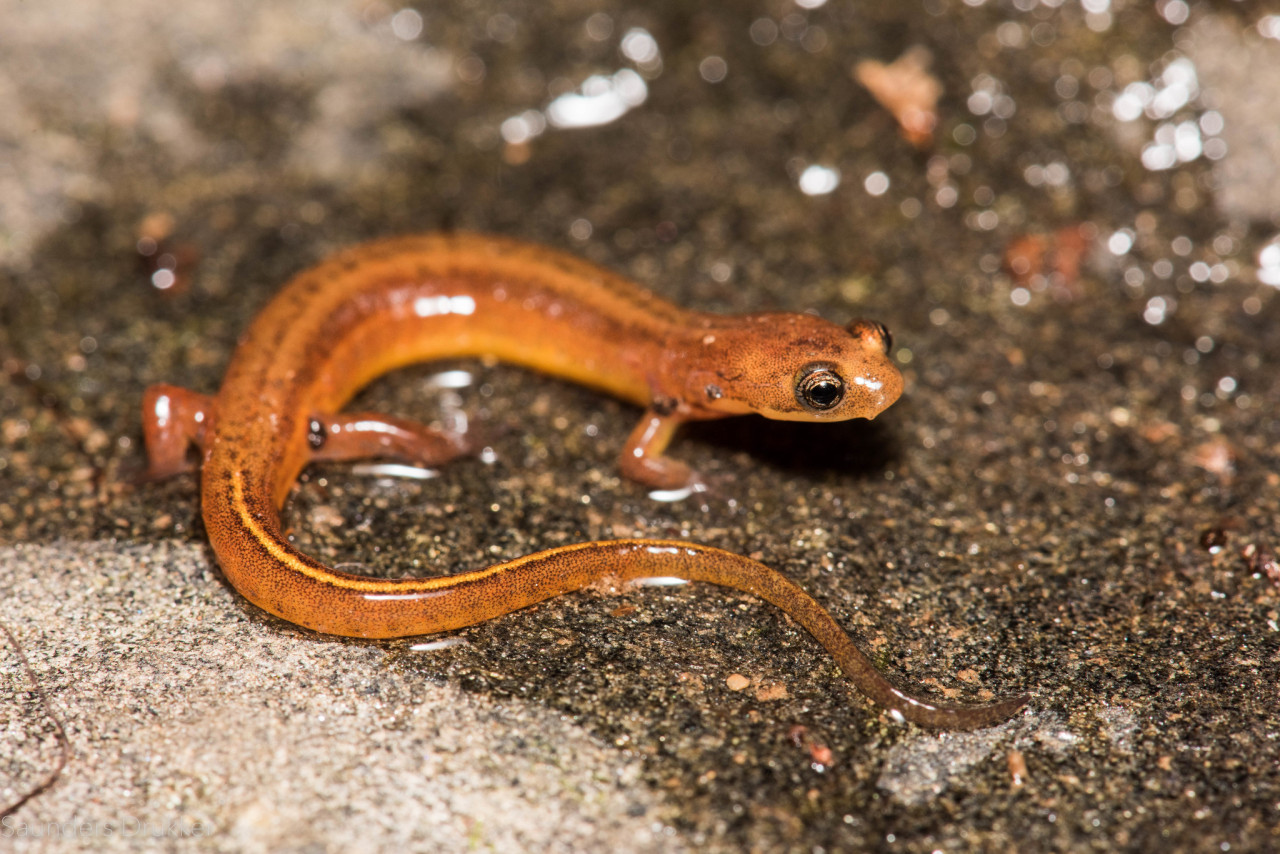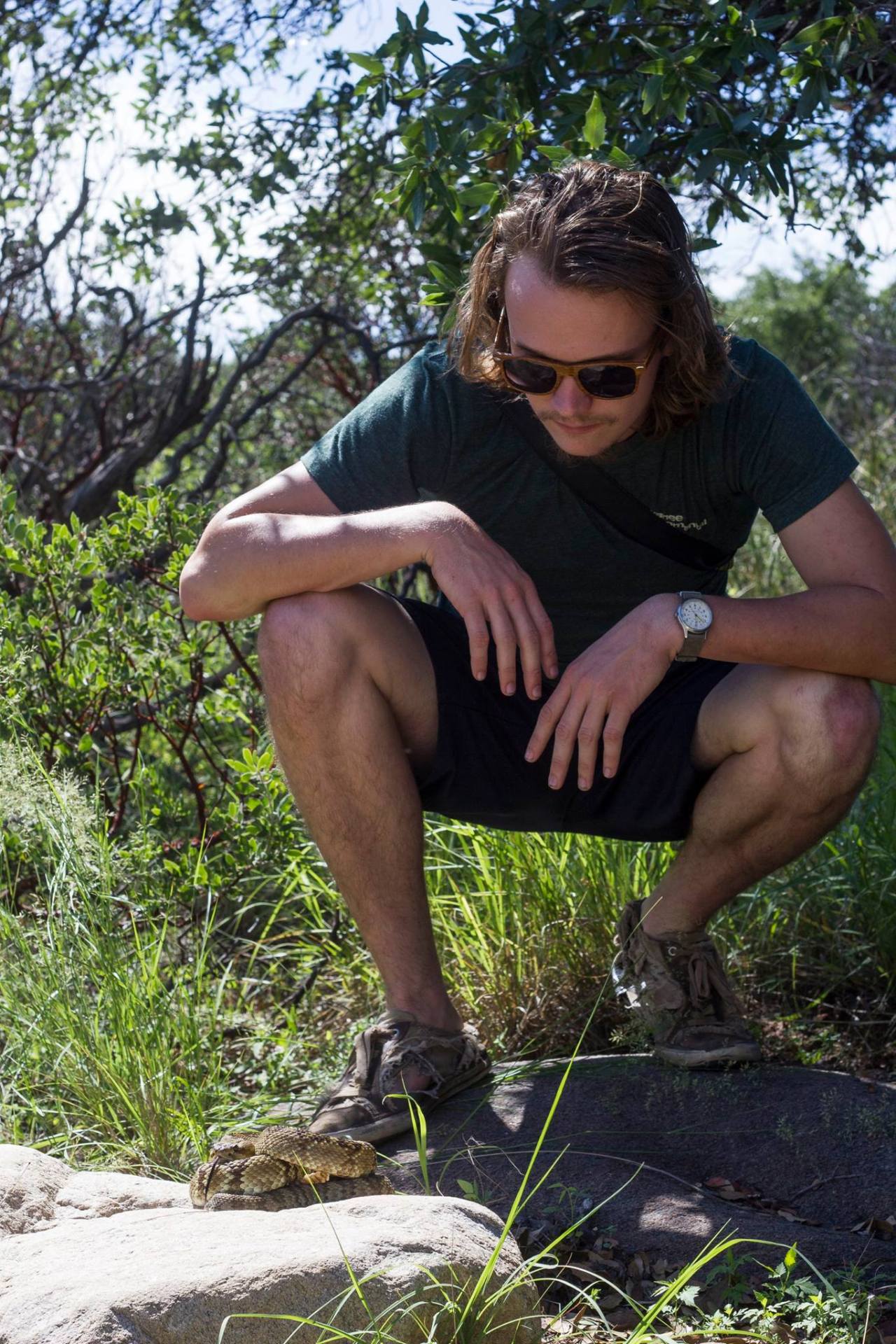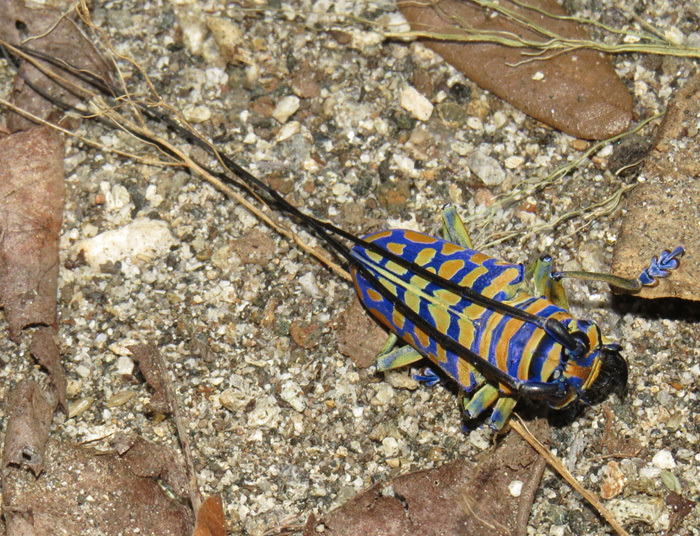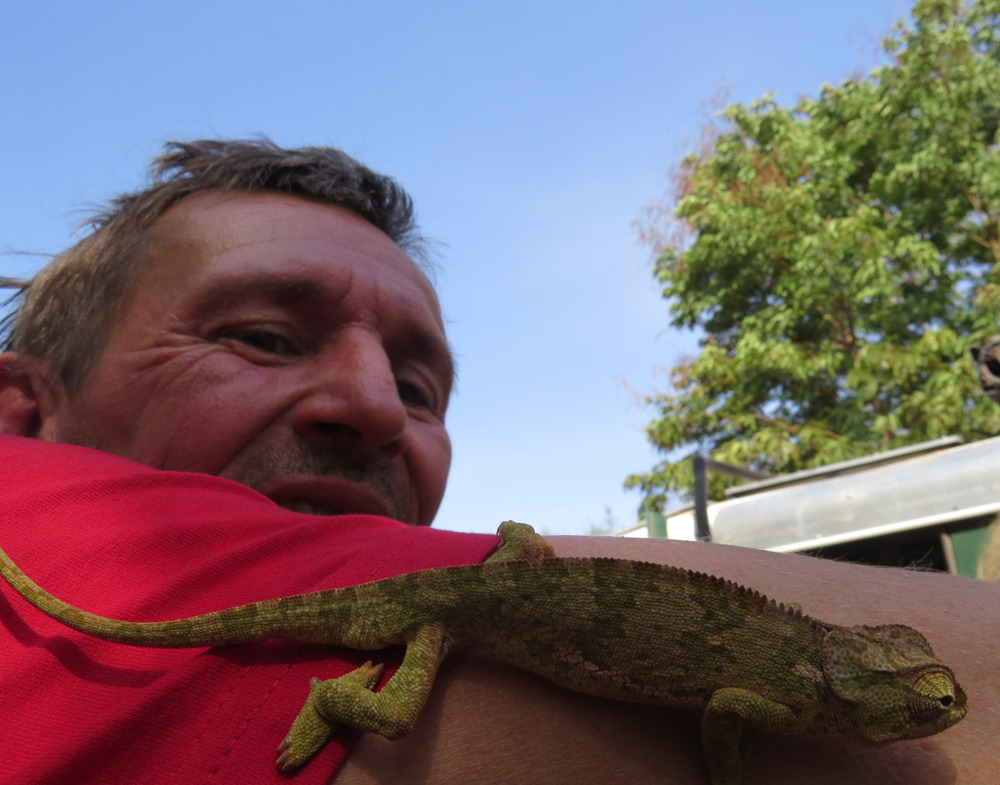Observation of the Week, 11/7/2016

Our Observation of the Week is this rare Patch-nosed Salamander, seen in the southeastern United States by @saundersdrukker!
A herpetology student at Sewanne: The University of the South in Tennessee, Saunders Drukker is in the midst of prepping four papers for publication, which is why there’s a bit of a delay for this Observation of the Week. We’ll give him a pass this time. :-P
Saunders is currently conducting research on salamanders of the Cumberland Plateau, focusing on the Cumberland Dusky Salamander. “For the past two years I have been going out into the field to find these salamanders, and then map their distribution and habitat using GIS,” he says. “I’ve also done body condition studies, movement, population dynamics and even genetic work on these salamanders.” At the time of this writing, all ten iNat observations of this species are by Saunders.
The southeastern part of North America is a hotbed of salamander diversity, and the Plethodontidae, or lungless salamanders, are believed to have originated in this area. Yet even in a region that has drawn a good amount of salamander research over the years, new species like the Patch-nosed salamander are being discovered. Described in 2009, this species is the only member of the genus Urspelerpes (say that ten times fast), the first new North American amphibian genus since 1961! Not much is known about this tiny (26mm long) salamander, and according to the IUCN it’s only been found in ten streams in Georgia and South Carolina. Unlike most small salamanders, it has five toes on its rear feet (not four), and is the only eastern plethodontid to exhibit sexually dimorphic coloration.
Saunders came upon the above specimen while on a vacation with his Herp Lab. He recalls, “it was a fantastic moment to see this minuscule animal moving across some moist leaf litter. The animal was photographed quickly and released shortly after.” It’s now the only research grade of its species on iNat.

And of iNaturalist, Saunders says “I’ve always used [iNaturalist] to give people a better understanding of the places I love. From here in Sewanee, to the Hill Country in Central Texas where I grew up I love sharing everything I can about these places. The idea of giving people an in-depth view of the ecology of these places has always been very attractive to me, couple this with getting to see what other people have found there makes iNaturalist a fantastic tool.”
- by Tony Iwane
- Saunders is an accomplished photographer and videographer, so definitely check out his Flickr page and YouTube channel.
- Like many salamanders, Patch-nosed salamanders capture their food with a projectile tongue, and that tongue is fast. Here it is in slow motion.
- The original paper describing the Patch-nosed Salamander, by Camp, et al. (PDF)












